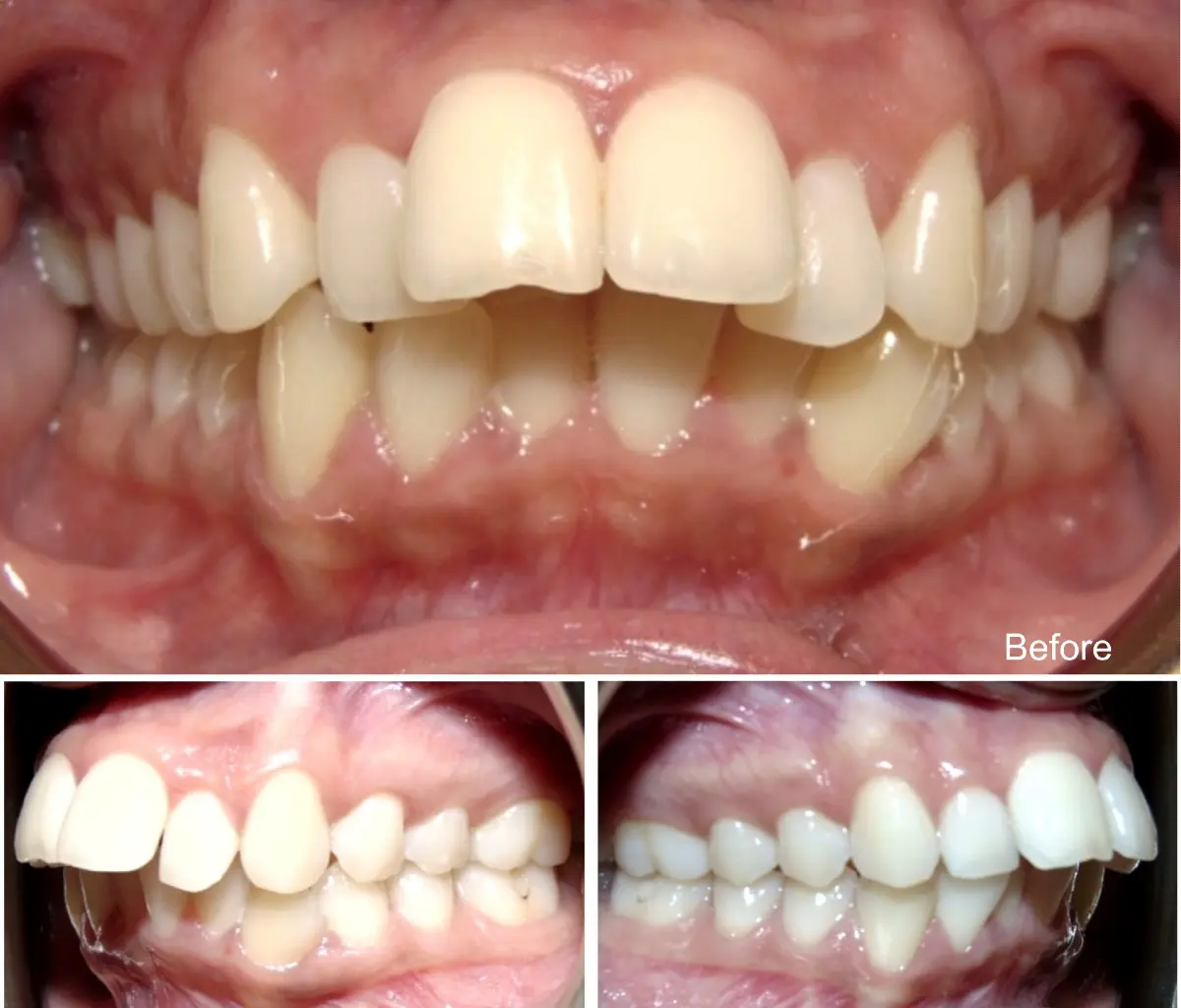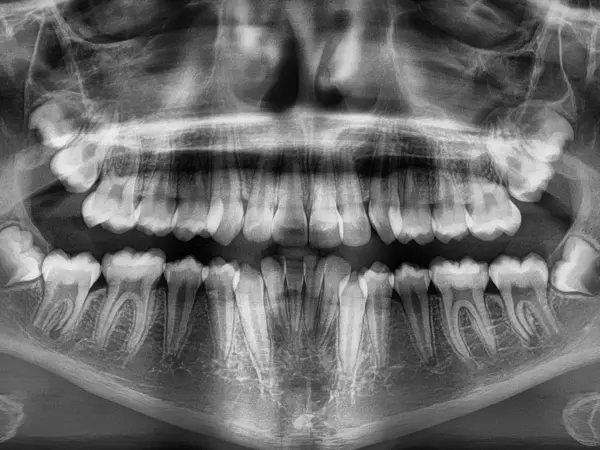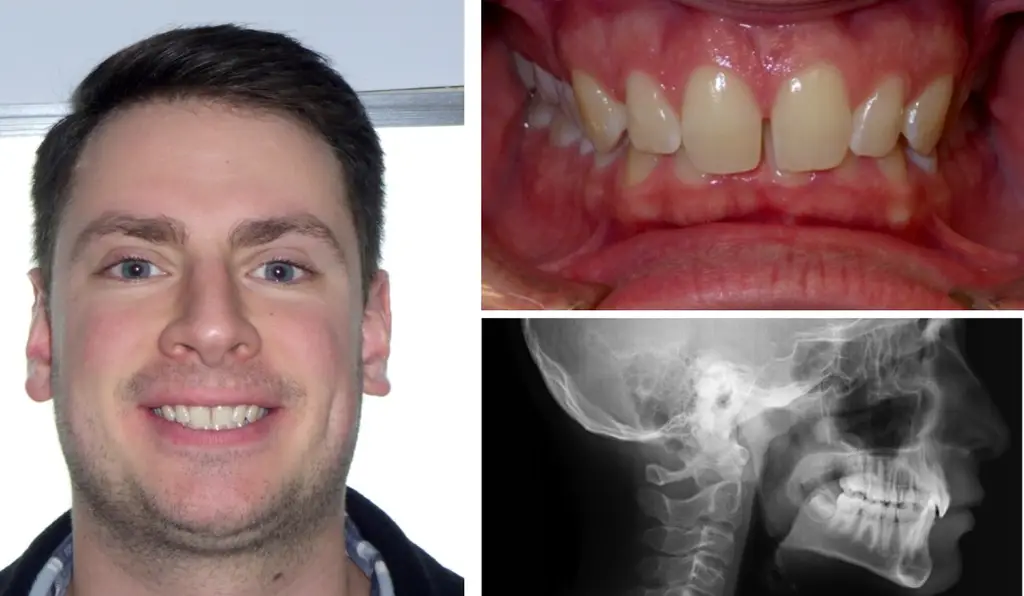
What is an Overbite? What Is it?
How To Diagnose, Treatment Methods, and More
There are many different dental conditions treatable with orthodontic care – one of the most common is an overbite. An overbite is a too-large overlap between the top teeth and the bottom teeth. A proper bite requires a small overbite – generally 1 to 2 mm – but the front teeth should fit over the bottom teeth and not leave a between them. When the overlap is too large, this is called an excessive overbite.
Overbites often lead to orthodontic treatments. Orthodontists specialize in fixing these. They design a unique plan for each patient. This ensures teeth are straightened safely and effectively.
Orthodontic treatments for overbite focus on fixing an overbite. The goal is to straighten your teeth. These treatments are tailored to each individual's needs.
This guide will explain overbites, how they happen, and what orthodontists do to fix them. You'll learn about overbite diagnosis and treatment options. These options can help with problems like jaw pain. Each person gets a unique treatment plan based on their needs.
Schedule Your Consultation


